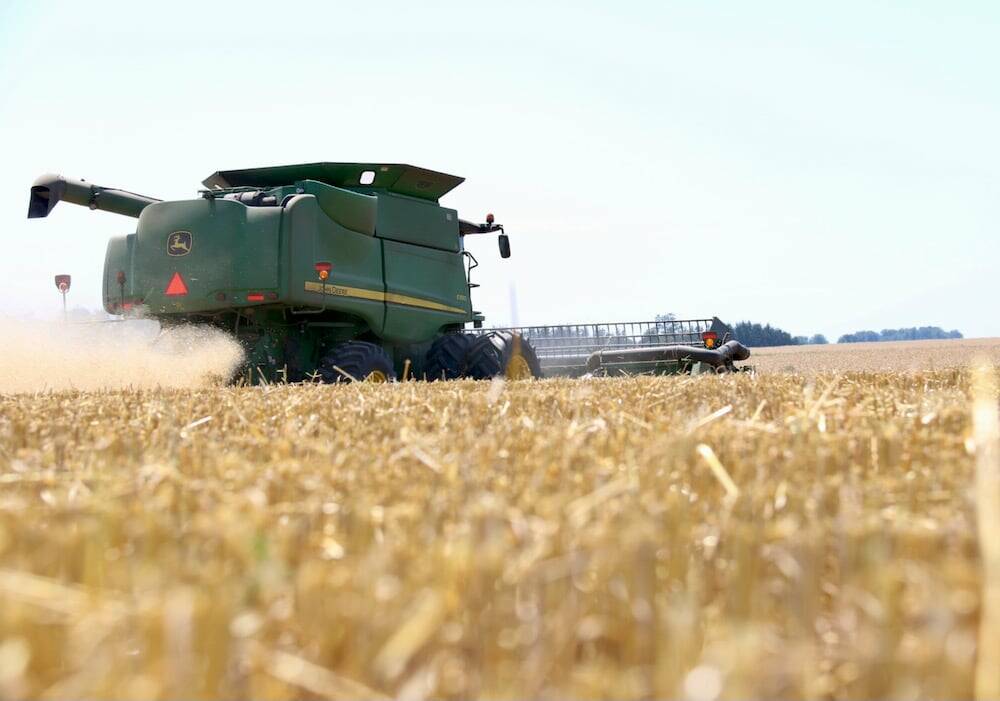MarketsFarm — Spring planting across Saskatchewan reached 91 per cent complete as of Monday, according to the province’s latest crop report. That was an increase of 15 points over the week and the pace was only six behind the five-year average.
However, Saskatchewan Agriculture stressed there are many acres in the eastern half of the province that might not be seeded due to wet conditions. In the southwest and west-central regions some farmers were reseeding crops damaged by pests such as flea beetles, grasshoppers and cutworms, or due to poor emergence.
Read Also

GIWA trims Western Australian crop forecasts, still predicts record harvest
The Grain Industry Association of Western Australia (GIWA) slightly lowered its estimates for the state’s 2025/26 production of wheat, barley and canola on Friday but said the harvest of winter crops was still on track to be the biggest ever.
Over the week, the very dry southwest received much-needed rain, getting 16 to 58 millimetres. Nevertheless, that area and the west-central were rated as 99 per cent of the crops in the ground. The northwest reached 97 per cent, the northeast at 92, the southeast was 86 and the east-central lagged at 77.
The spring cereals across Saskatchewan were estimated to be 49 per cent emerging, with 20 per cent tillering. Of the canola, 38 per cent had emerged, with 15 per cent at the seedling stage along with nine per cent of the flax. Pulses came in at 49 per cent emerged and 29 per cent in the vegetative stage.
As for fall/winter crops, the report noted that 45 per cent were at the jointing stage, with 19 per cent at short blade stage.
Cropland topsoil moisture levels rated six per cent surplus, 56 adequate, 24 short and 14 very short. Hayland and pastures were three per cent surplus, 57 adequate, 27 short and 13 very short.















